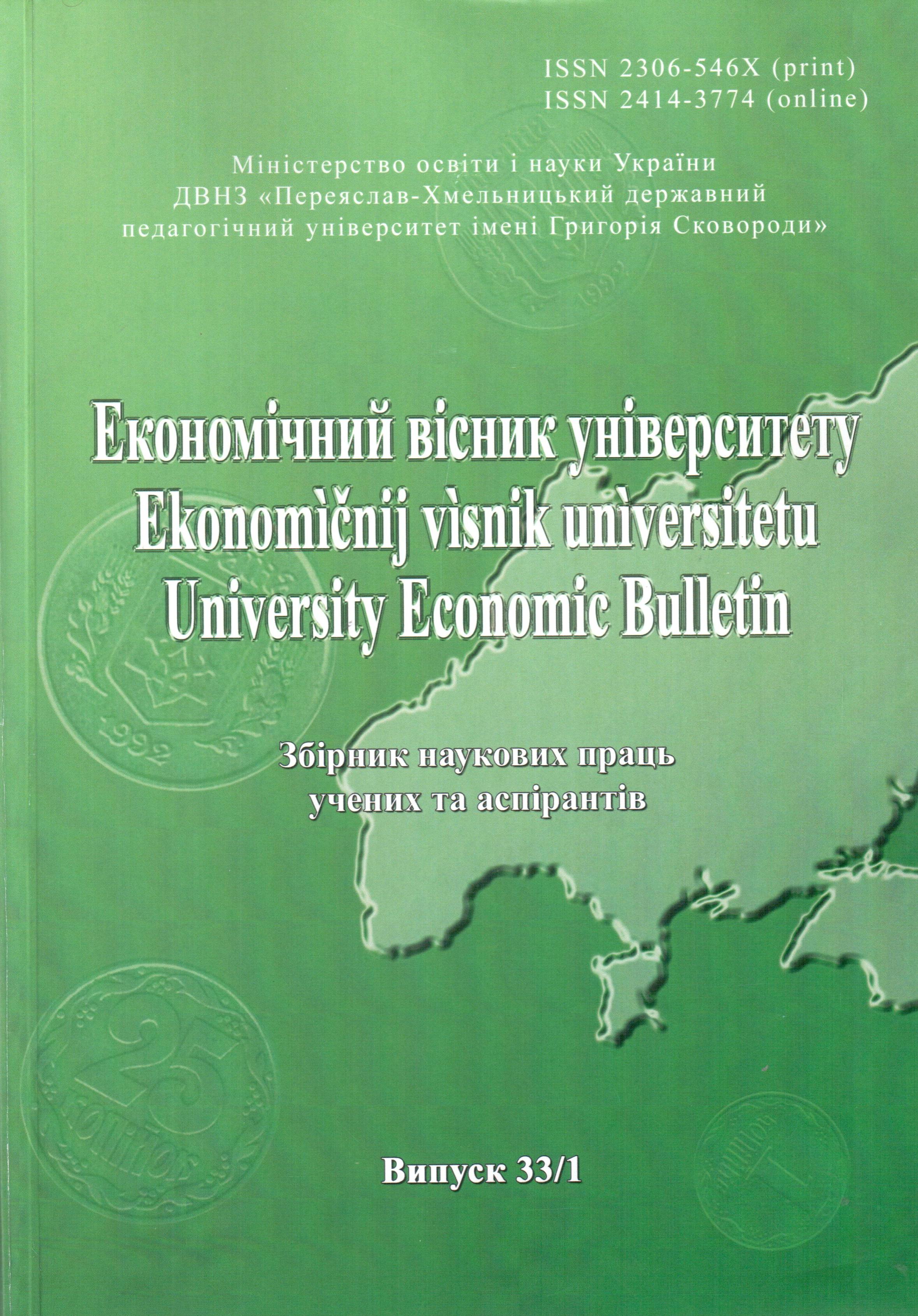Анализ демографических процессов в Эстонии, Латвии и Литве с середины ХХ века и прогноз до конца XXI века
Analysis of demographic processes in Estonia, Latvia and Lithuania from the middle of the 20th century and the forecast before the end of the XXI century
Author(s): Andrei Manakov, Pavel Suvorkov, Saulius StanaitisSubject(s): Regional Geography, Policy, planning, forecast and speculation, Demography and human biology, Human Resources in Economy
Published by: Університет Григорія Сковороди в Переяславі
Keywords: fertility; mortality; migration; modeling; demographic projections; Baltic States;
Summary/Abstract: In post-socialist countries, negative demographic trends perform one of the most serious problems. The aim of this study is to forecast demographic processes in the next 80 years in the Baltic States (Estonia, Latvia and Lithuania). The demographic outlook is one of the most complex scientific problems, as it implies forecasting various characteristics of natural and mechanical movement of the population who are affected by social,economic, political and other factors. For this reason, any demographic forecast has probabilistic nature. This article was prepared on the basis of Bayesian probabilistic forecasts according to the data provided by the United Nations Department of Economic and Social Affairs. Scenario approach and simulation modeling are the main research methods. The key objectives of the study include critical analysis of the hypothesis about stabilization of the migration components in demographic processes, which gives overly-optimistic projections.In general, migration in the Baltic States adversely affecting the projected population. However, the influence of net migration differs between the countries. It is necessary to take into account what according to the main provisions of UN and Eurostat net migration should be minimized until 2035. If the expected minimization of net migration will not happen, decrease in population of the Baltic States could be catastrophic. The basic forecastis based on the extrapolation migration forecast, the total population of the Baltic States in 2096 to be reduced by almost two thirds. Thus, the greatest losses are expected in Lithuania – more than three quarters of the population, the lowest – in Estonia (more than a third of the population). In general, the decrease in population of the Baltic countries is projected from 6.2 million people in 2016 to 2.1 million people in 2096.
Journal: Економічний вісник університету
- Issue Year: 1/2017
- Issue No: 33
- Page Range: 125-135
- Page Count: 11
- Language: Russian

